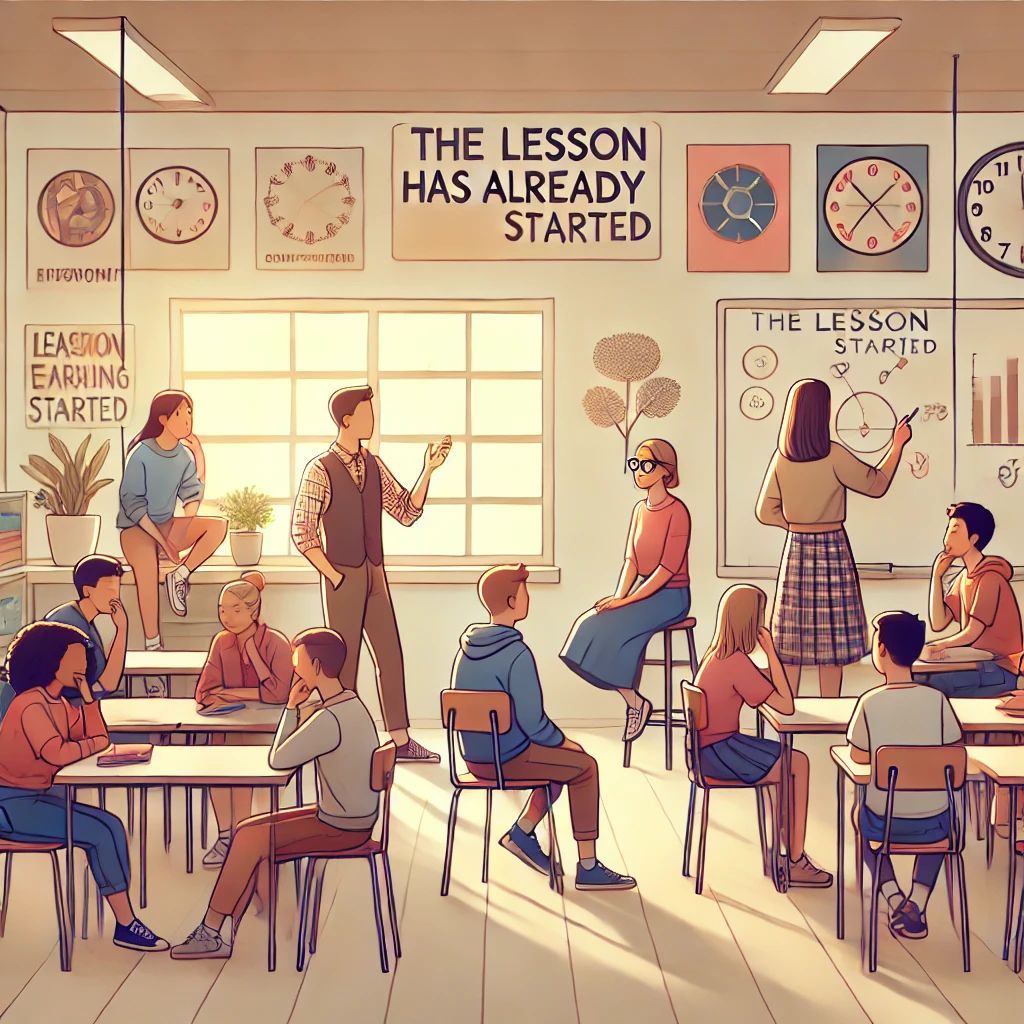Effective Communication in Education: Nurturing Relationships with Students, Colleagues, Parents, and Yourself

Effective Communication in Education: Nurturing Relationships with Students, Colleagues, Parents, and Yourself
By Carl Halford, Principal & Executive CEO, Winford International
In the realm of education, effective communication forms the backbone of successful interactions, not only with students, colleagues, and parents but also with oneself. As educators and leaders, we must navigate these relationships with finesse and empathy, ensuring we impart knowledge, manage teams, and engage with the wider school community effectively.
This blog aims to offer scaffolded insights into enhancing communication skills across these critical domains, integrating the wisdom from the Chimp Paradox and Biblical perspectives on leadership.
1. Communicating with Students: Fostering Understanding and Respect
Why is it Important?
The heart of education beats in the classroom, where students are not just learners but active participants in their own educational journey. Effective communication with students involves more than imparting knowledge; it requires building trust, understanding, and mutual respect.
How to Achieve It?
- Empathy and Active Listening: Practice empathetic listening. Understand their perspectives, concerns, and aspirations. This approach resonates with the Chimp Paradox's emphasis on managing our primal responses to foster positive relationships.
- Clarity and Simplicity: Use clear, concise language and avoid jargon. Tailor your communication to suit the age and understanding of your students.
- Feedback and Encouragement: Provide constructive feedback in a manner that motivates and inspires. Use positive reinforcement to foster a growth mindset.
2. Interacting with Colleagues: Building a Collaborative Environment
Why is it Important?
Colleagues form the support system within the educational ecosystem. Effective communication here is essential for fostering a collaborative and innovative work environment.
How to Achieve It?
- Professional Respect and Integrity: Treat colleagues with respect and professionalism. Integrity in communication builds trust and a strong team ethos. Remember – you’re never too important to be nice to other people!
- Clear Objectives and Shared Goals: Align communication with shared goals and objectives. This alignment ensures everyone is working towards a common purpose.
- Openness and Transparency: Foster an environment where colleagues feel comfortable sharing ideas and concerns. This approach aligns with Biblical teachings on honesty and openness in relationships.
3. Engaging with Parents: Strengthening the Community Bond
Why is it Important?
Parents are integral to the educational process. Engaging effectively with them strengthens the bond between the school and the community it serves.
How to Achieve It?
- Regular and Informative Communication: Keep parents informed about their child’s progress, school events, and policy changes. Regular newsletters, emails, and meetings can be effective.
- Empathy and Understanding: Recognize the concerns and aspirations parents have for their children. Show empathy and offer support where needed.
- Collaborative Approach: Encourage parents to be active participants in their child’s education. This partnership is crucial for student success.
4. Communicating with Oneself: Understanding and Managing Self-Dialogue
Why is it Important?
Effective communication with oneself is often overlooked. Understanding our internal dialogue is crucial for personal and professional growth.
How to Achieve It?
- Self-Reflection and Awareness: Regularly engage in self-reflection. Understand your strengths, weaknesses, and emotional responses. The Chimp Paradox highlights the importance of managing our inner 'chimp' or emotional responses.
- Positive Self-Talk: Practice positive self-talk. Encourage and motivate yourself as you would a student or colleague.
- Setting Personal Goals: Align your internal dialogue with your personal and professional goals. Biblical teachings on stewardship and personal growth can guide this process.
In Conclusion
Communication is a multifaceted skill essential in the educational sphere. It demands adaptability, empathy, and clarity, whether we are engaging with students, colleagues, parents, or ourselves. By incorporating these strategies, we can enhance our communication skills, fostering a nurturing and effective educational environment. Remember, the way we communicate is a reflection of us, and can transform the educational experience, making it enriching, empowering, and deeply resonant for all involved.
Mr. Carl is an experienced educator and leader with a passion for fostering growth and excellence in education. As the Principal & Executive CEO of Winford International, he advocates for effective communication as a cornerstone of educational leadership.














































































































